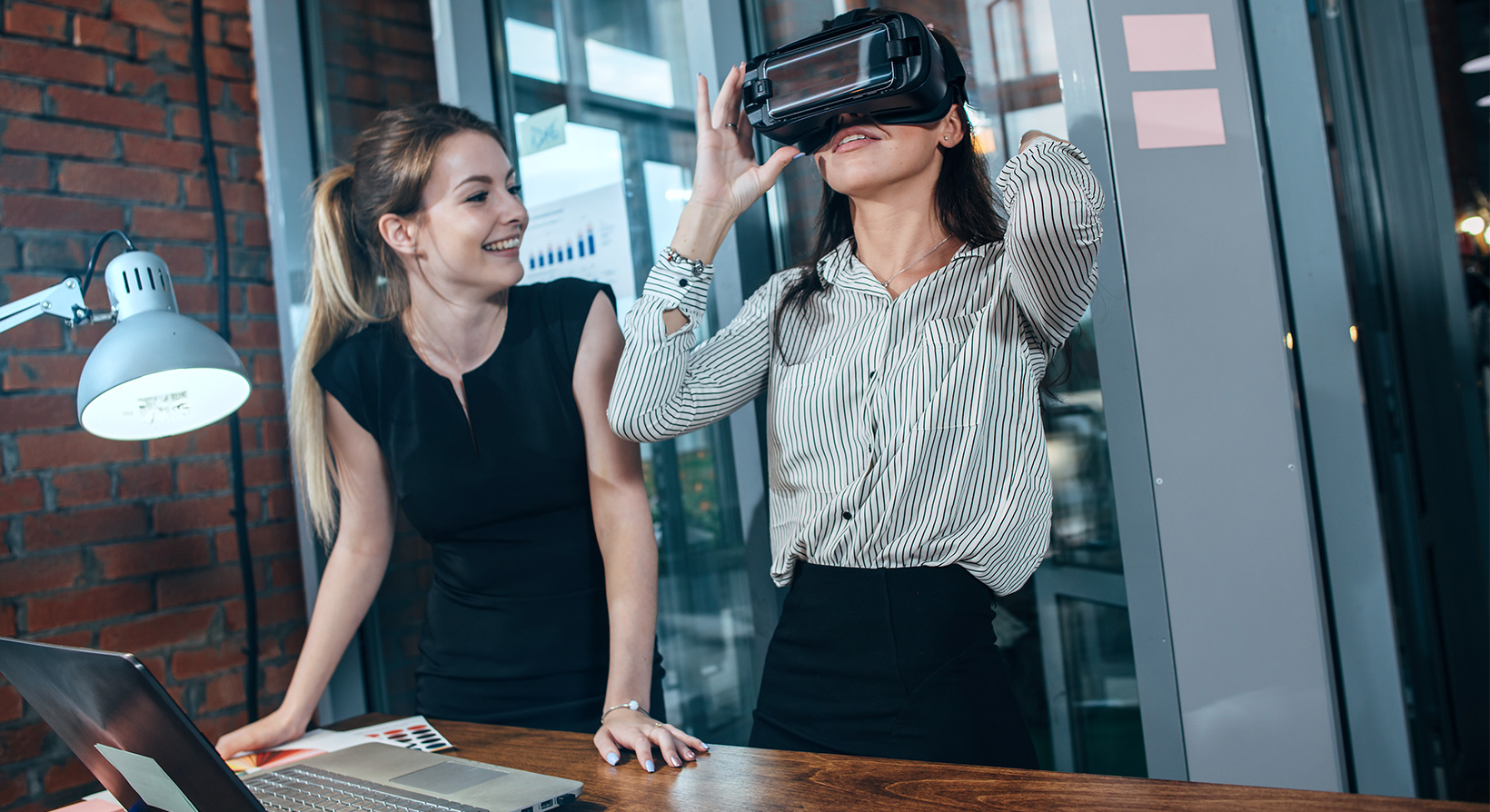
The XR and You Series: VR for Training
In most cases, the human brain learns best with good old-fashioned hands-on training. Many of us can attest to the value of learning by doing from personal experience. For this reason, mid-century educator Edgar Dale’s Cone of Experience suggests that a real experience is by far the most effective method of learning.
Knowing the value of learning by doing, Virtual Reality developers are tackling the task of bringing VR training to any and all occupations which could benefit. We love that incorporating immersive learning within internal training procedures also provides organizations a great segue to using VR and AR for workplace tasks as well.
While the applications of virtual learning are widespread, we’re going highlight our Top 5 Training areas which we think are particularly well-suited to VR.
1. Trades Training
We love watching the expansion of VR trades training because it illustrates two prominent benefits of workplace VR; safety and cost savings. Students who begin learning new skills and techniques in an immersive environment will risk fewer injuries and waste less material.
2. Learning Languages
Virtual language immersion is another excellent application of VR technology. Users can seal themselves off with tutors and conversation partners who possess endless patience and unlimited time. Immersive technology presents cost savings in this case as well, because the student can complete an entire program without engaging a real-world educator.
3. Public Performance
Part of what makes VR a great training tool is the user’s knowledge that he or she is ‘safe’ inside. In the case of public speaking, users can practice addressing a group, getting a feel for the experience while still knowing the listeners aren’t real. And an audience can respond in challenging ways without real life consequences for the user. The chance to practice in a safe environment may make the difference between acquiring public speaking skill or not at all for many people.
4. Medical Marvels
If you remember the introduction of miniature cameras into the surgical world, you’ll no doubt be excited to follow the development of immersive medical training. In partnership with the training medical students receive through bodies donated to science, VR provides unlimited access to realistic and detailed anatomy. Students can access training again and again, achieving more repetition and improving their performance.
5. Equalizing Enforcement
Police and law enforcement professionals around the world are facing increasingly dangerous challenges and we are, quite rightly, holding them to higher standards of performance. Providing realistic training scenarios allows improved outcomes, both for a trainee’s capacity to understand their role and an instructor’s ability to evaluate progress.
Does your organization have training needs? Are the costly, inefficient, and time-consuming? Consider the benefits of VR training before your next curriculum development meeting and propel your processes into the future.
Stambol’s XR and You Series brings you a collection of snapshots of how Extended Reality technology is changing our lives.
Photo Credit: undrey / Adobe Stock


